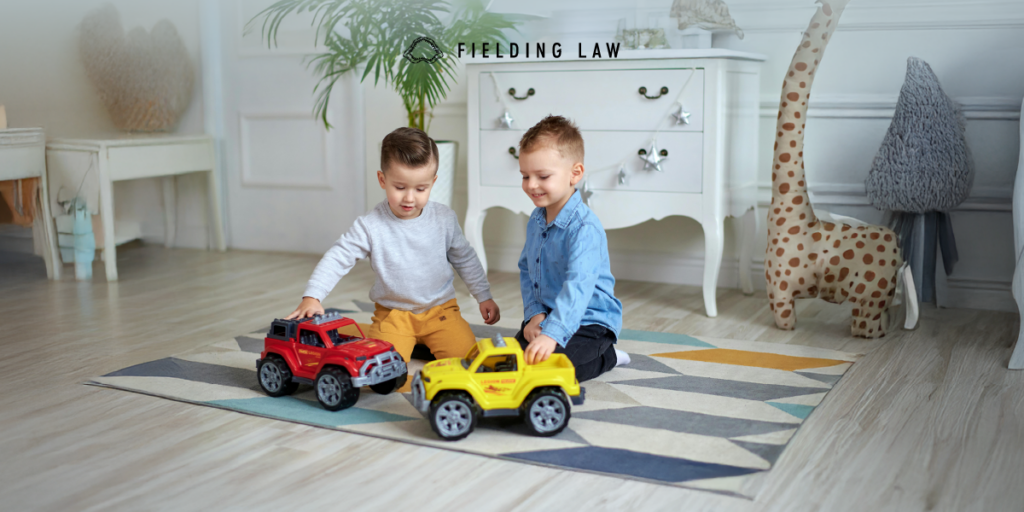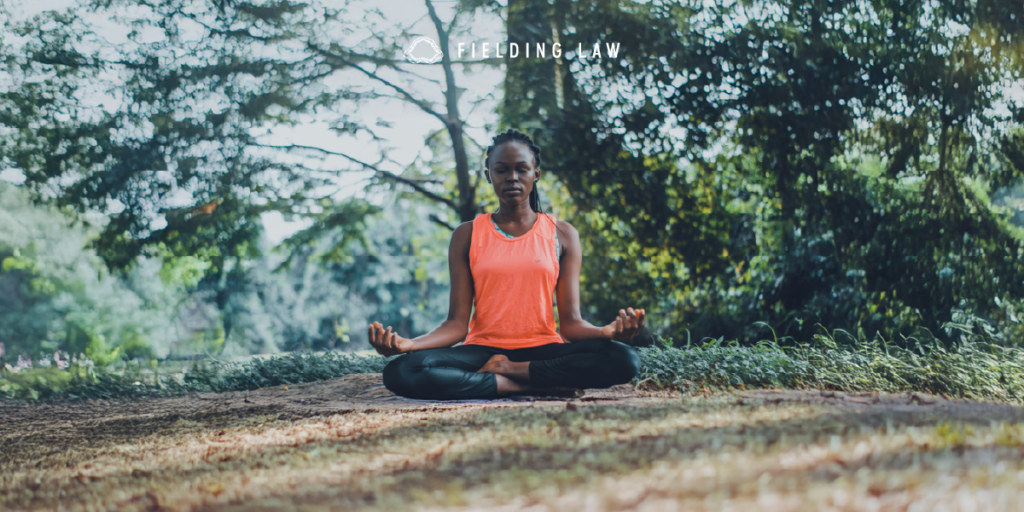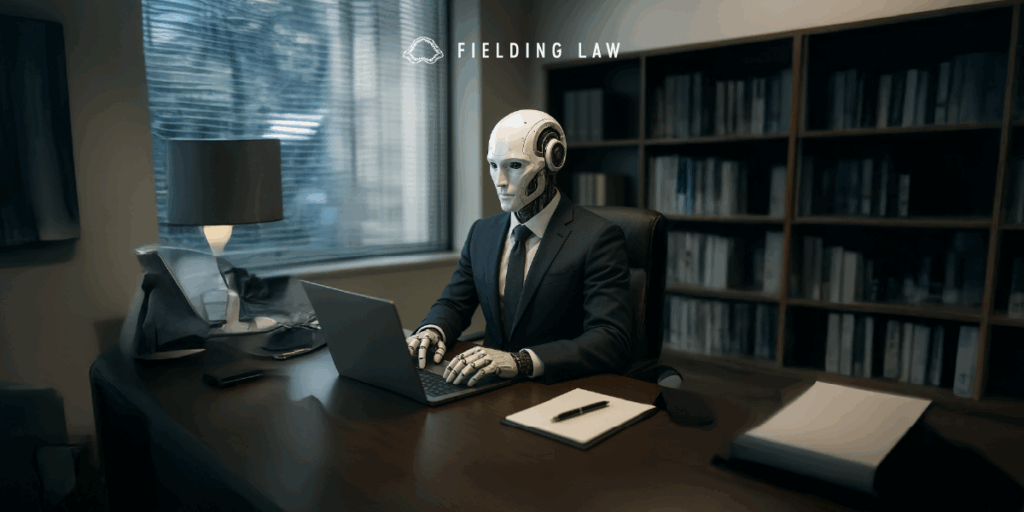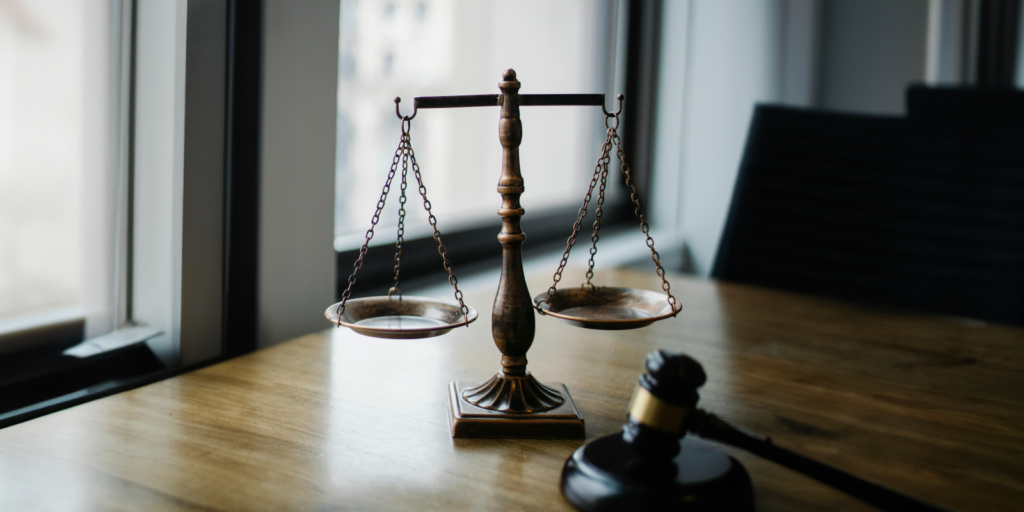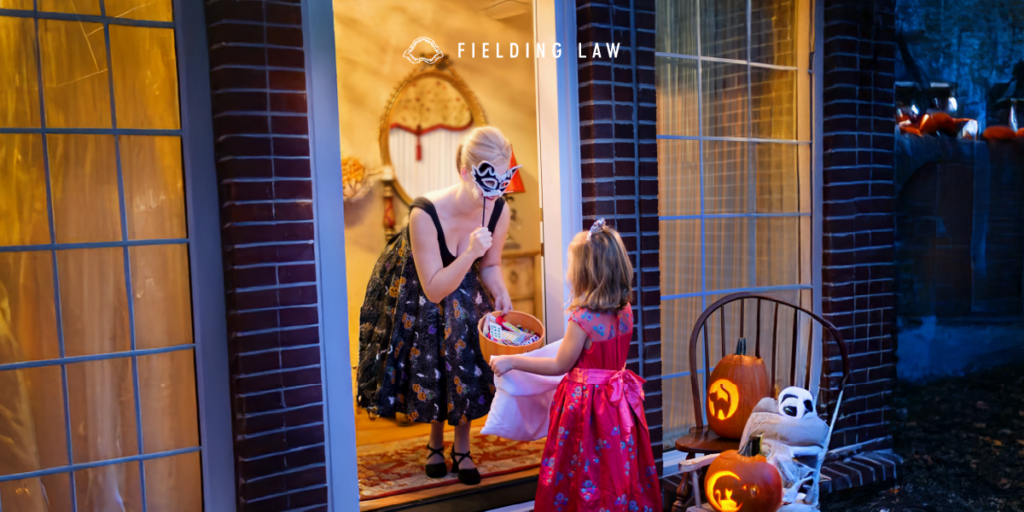
El derecho de lesiones personales puede parecer abrumador al principio, especialmente si es la primera vez que atraviesas este proceso. Después de un accidente que no fue tu culpa, es completamente normal sentirte inseguro o agobiado por lo que viene a continuación. Por eso hemos creado esta sencilla guía para ayudarte a comprender algunos de los términos clave del derecho de lesiones personales. Nuestro objetivo es ofrecerte mayor claridad y ayudarte a sentirte más seguro a medida que avanzas en el proceso legal. Incluso una comprensión básica de la terminología puede hacer que el camino parezca un poco más accesible y menos abrumador.
Lesiones Personales
- Daño físico, mental o emocional sufrido por una persona debido a la falta de actuación responsable de otra.
- Ejemplos: accidente de bicicleta, accidente en bote, mordedura de perro, accidente automovilístico, responsabilidad de entidad pública o responsabilidad de locales/comercios.
Negligencia
- Falta de tomar las precauciones adecuadas o de actuar con el nivel de cuidado necesario, lo que resulta en daño o perjuicio a otra persona.
- Ejemplo: Un conductor envía mensajes de texto mientras maneja y se pasa un semáforo en rojo, chocando con otro automóvil. El conductor no cumplió con las leyes de tránsito ni prestó la debida atención.
Demandante
- ¡Tú! La persona que inicia una demanda presentando una queja contra otra parte. Eres quien emprende la acción legal y busca una compensación por los daños, y a quien nosotros en Fielding Law representamos.
Demandado
- ¡Ellos! La persona, empresa u organización a la que se culpa o se demanda en un caso legal, es decir, la parte que se considera que actuó de manera indebida.
Reclamación
- Cuando alguien busca justicia legal por un daño que ha sufrido, generalmente para obtener apoyo, responsabilizar a quien corresponde y lograr un sentido de cierre.
Responsabilidad
- Ser legalmente responsable de causar un accidente o daño. La persona responsable debe cubrir los gastos médicos, la pérdida de ingresos u otros costos después de un accidente.
Compensación
- Dinero o apoyo que alguien recibe después de resultar herido o perjudicado por las acciones o negligencia de otra persona. Esto ayuda a cubrir gastos como facturas médicas, pérdida de ingresos, dolor y sufrimiento, y otras pérdidas.
Gravamen Médico
- Dinero otorgado a alguien que ha resultado herido o ha sufrido una pérdida debido a las acciones de otra persona.
Cómo Fielding Law Puede Guiarte
En Fielding Law, nos comprometemos a hacer más que solo guiarte a través de los términos legales. Estamos aquí para asegurarnos de que te sientas apoyado y comprendido durante todo el proceso. Si tú o un ser querido tienen alguna pregunta o inquietud, por favor contáctanos al 833.88.SHARK. Tu tranquilidad es importante para nosotros y queremos que te sientas con confianza al avanzar.
Nota: La información proporcionada es para fines educativos y no constituye asesoramiento legal. Siempre consulte con un abogado calificado para inquietudes legales.
